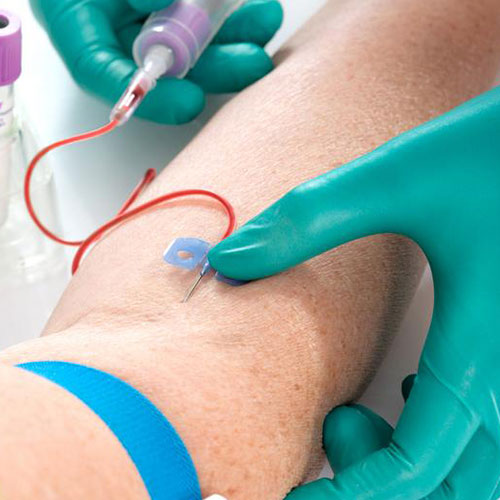
Renewing your Certification, An Easy Process with Many Benefits
The reason for renewal is to support certificate holders to continue to expand their understanding and skills in their field, as well as keep them current on changes in their jobs and the industry as a whole.
At the end of the NAHT renewal process, certificate holders are demonstrating that they have studied the most recent protocols and techniques in their field to ensure safety and efficiency in the workplace.
What our Customers Say
We are committed to an outstanding customer service, providing our clients excellent response and results.
NAHT have always been there to answer any questions that I have had over the past 3 years. Hospitals and clinics honor my credentials.
Martha Lopez
ECG TechnicianGetting certified through NAHT was the best thing I ever done. They provided me with all the information needed to get the fullest benefits from being certified.
Gaby Johnson
Phlebotomy TechnicianNAHT is a perfect start to broad health career and continuous improvement. Proud yo be NAHT Certified. Wonderful experience!
Mary Miller
ECG Technician
